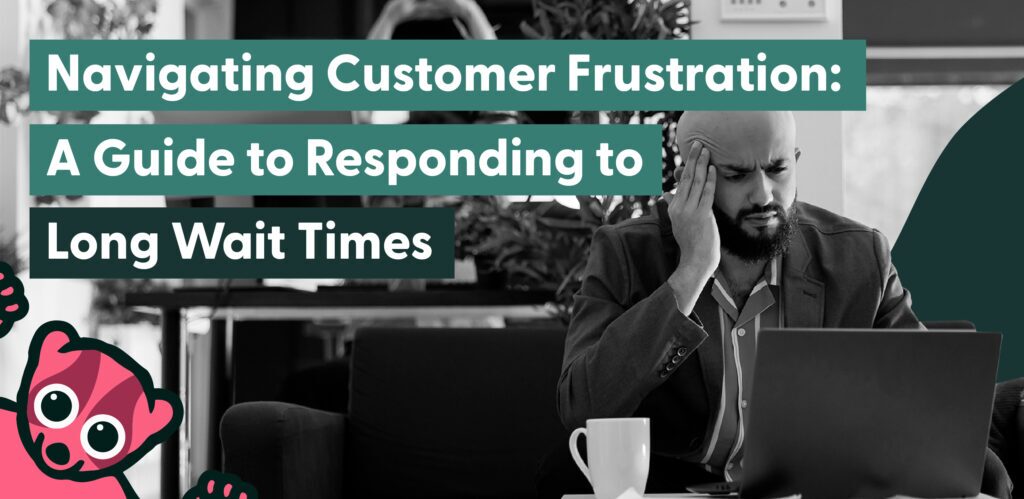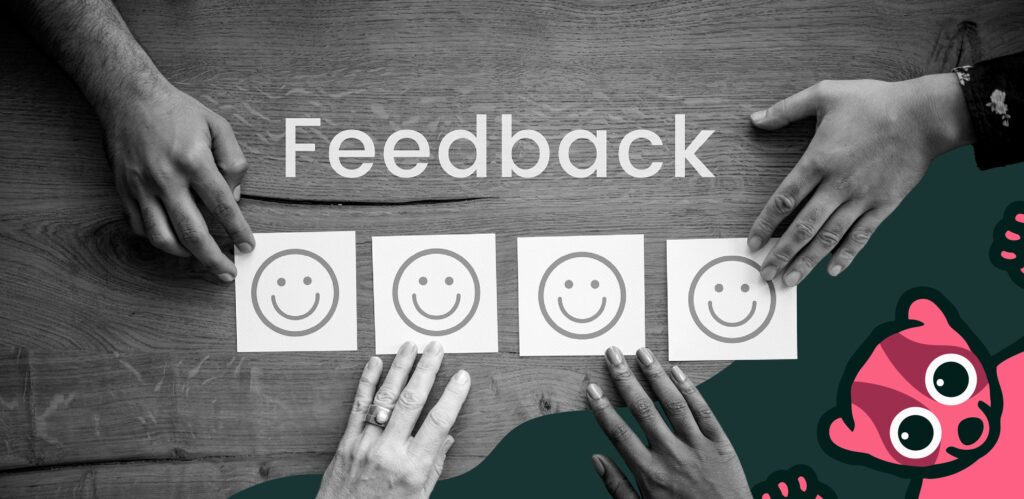
Studies show that if customers wait less than they thought they would, their satisfaction goes up more than 1.6 times. On the other hand, long wait times cause 52% of customers to stop purchasing from a company.
In customer service, especially during busy seasons, businesses often face the challenge of managing customer frustration, particularly when it comes to long waits.
In this article, we’ll explore effective strategies for responding to an upset customer who has experienced an extended wait, turning a negative experience into an opportunity for positive engagement.
Why Wait Times Matter

Customer wait times in a contact center are important because they significantly impact customer satisfaction, your reputation, and operational efficiency.
➡️ Customer satisfaction and loyalty
A survey has found that wait time duration is one of the top drivers of customer satisfaction.
Studies show that when wait times exceed expectations, customer dissatisfaction increases by 262%.
Long wait times create a negative first impression, making customers feel undervalued or ignored.
Satisfied customers are more likely to stay loyal to your brand, while prolonged wait times can drive them to competitors.
➡️ Business reputation
Poor experiences, including long wait times, often lead to negative reviews and complaints on platforms like social media, damaging your brand’s image. In fact, 13% of customers will share bad experiences with over 15 people.
Customers may perceive a contact center with shorter wait times as efficient, organized, and customer-focused, improving their overall perception of your brand.
➡️ Operational costs
When customers hang up and call back due to long wait times, your overall call volume increases, straining resources and increasing costs.
Dissatisfied customers with unresolved issues may require additional attention later, consuming more resources and time.
➡️ Customer expectations
Customers expect quick responses. In fact, 90% of customers consider instant customer service crucial to their experience. Long wait times fail to meet these expectations, making it look like you have incompetent staff.
How to Ease Customer Frustration About Long Wait Times

To effectively address customer frustration, it’s crucial to empathize with their perspective. Acknowledging and understanding their frustration is the first step towards providing a satisfactory response.
Below are the steps your customer service agents can take to mitigate customer frustration regarding long wait times:
1. Apologize sincerely

Recent research has found that unhappy customers are more willing to forgive a company that offers an apology. In fact, 45% of consumers will withdraw their negative reviews about your company in light of an apology.
A sincere response is crucial. Begin by acknowledging the customer’s inconvenience and expressing a genuine apology. Avoid generic statements and strive to convey empathy, as this shows that you value your customers’ time.
For instance, instead of saying, “We apologize for any inconvenience,” you could say, “I’m sincerely sorry for your extended wait. We understand your time is valuable, and we appreciate your patience.”
2. Provide an explanation

Customers appreciate transparency. Once you’ve apologized, offer a brief explanation for the extended wait.
Whether it’s due to high call volumes, unexpected technical issues, or other operational challenges, being honest about the situation demonstrates accountability.
A transparent explanation can help the customer understand the circumstances and may lower their frustration levels.
Like what you’re reading? Get the latest news and product updates delivered to you in our newsletter.
3. Empower your customer service representatives

Equip your customer service team with the authority to address issues promptly. If possible, empower them to make decisions or provide solutions without escalating the matter.
This approach streamlines potentially inefficient processes and reassures customers that their concerns are being taken seriously.
4. Implement technology solutions

Consider implementing a callback system for customers waiting on the phone. Offer them the option to receive a callback when the next representative is available, eliminating the need to stay on hold.
Research suggests that three in four customers find the option of requesting a callback highly appealing.
5. Offer a fast resolution whenever possible

If applicable, provide immediate solutions to the customer’s query or problem while acknowledging their inconvenience. This proactive step can help shift their focus from the wait time to the resolution.
Additionally, offering a small token of goodwill, such as a discount or a complimentary service, can go a long way in rebuilding trust.
6. Implement continuous improvement

Use the customer’s feedback as an opportunity for introspection and improvement—both for your business and agent performance.
Analyze the root causes of extended wait times and work towards implementing measures to prevent similar occurrences.
Communicate these improvements to your customers, showcasing your commitment to their satisfaction.
7. Monitor and communicate wait times

Implement real-time monitoring of wait times and keep customers informed. If there’s a delay, communicate the expected wait time and provide alternatives, such as self-service options or online resources.
Transparency in communication helps manage expectations and reduce customer frustration. According to research, 83% of consumers believe transparency is crucial during interactions with a business.
8. Prioritize customer education

Proactively educate your customers about potential peak times or busy periods when there are long queues. In fact, over 85% of customers expect proactive communication when dealing with customer service.
Encourage customers to utilize non-urgent channels like self-service solutions during peak times or provide guidance on the best times to contact customer support for quicker assistance.
Conquer Wait Times and Satisfy Your Customers with Loris
Responding to a frustrated customer due to long wait times requires empathy, accountability, and proactive solutions.
Loris is a conversation intelligence platform that helps you identify the root cause of complaints your contact center receives, including long wait times.
Our platform also helps you spot emerging trends before they become significant issues. This enables you to fix problems before they impact your call volumes and increase wait times.
Visit our website to speak to a Loris expert today to find out how our platform can help you reduce wait times and satisfy your clients.
